What is Content Marketing Strategy?
Content Marketing is a type of marketing that involves the creation and sharing of online material (such as videos, blogs, and social media posts) that does not explicitly promote a brand but is intended to stimulate interest in its products or services.
And content marketing strategy outlines why you’re creating the content and exactly how you’re going to do it. So, ultimately it informs the direction of your content marketing to the audience dealing with the implementation and distribution of the brand’s ideas.
How To Build Content Marketing Strategy?
First, let me clarify that building a content marketing strategy is a cycle and not a process. Each step involved is affected by the steps before it and the step that comes after it. Given below is an in-depth guide with tips and examples that will help you build a robust content marketing strategy.
Get Things In Order – Set Goals and Benchmarks
The first step in creating a content marketing strategy is setting up a benchmark or a goal. Setting goals will provide a purpose for all your content and subsequently help you measure your strategy’s effectiveness.
Let me ask you a question – what do you understand about a goal in content marketing?
Does it mean increasing the number of sales leads, or does it mean increasing your brand authority? The answer could be subjective and hinges upon your brand’s vision and mission. Instead, a set of goals provides a statement that helps you understand what to focus on and what not. Also, it keeps the flow of content on track without any disturbance.
You can set your goals using the SMART framework, which is probably the most famous and accurate framework. Here is an extract of the SMART framework.
- Specific: Well-defined, precise, and unambiguous
- Measurable: Can measure your progress or regress
- Achievable: Attainable and not impossible to achieve
- Realistic: Relevant and within reach
- Timely: With a clearly defined timeline, including a starting date and a target date
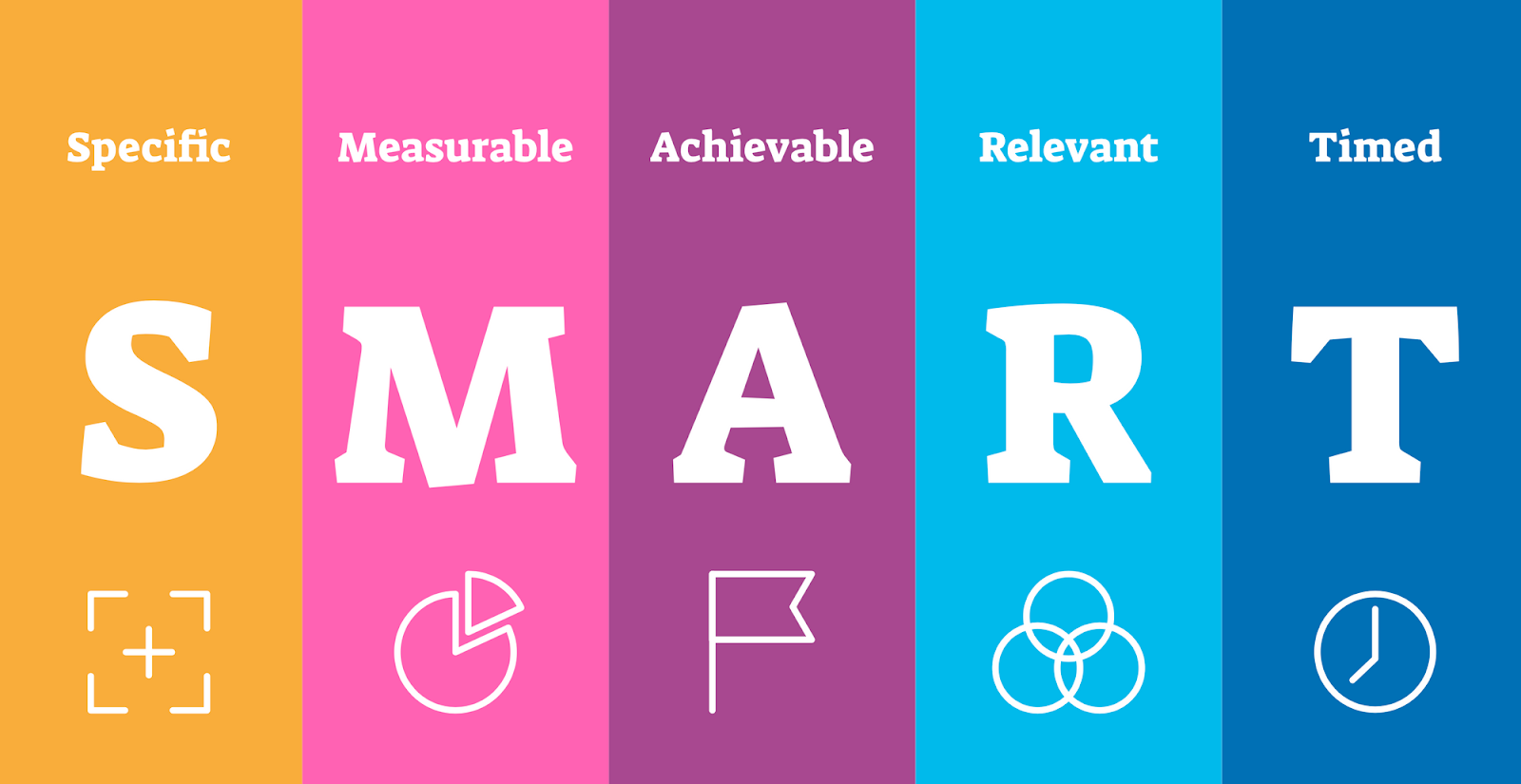
Know Your Audience
Every audience has different characteristics, and if you know your audience, you can get a better idea of the type of content they prefer.
But do you know how you will understand your target audience and find the best one?
If you don’t, then we have a flow of actions that will help you know your audience.
Action 1 – Use the Demographics
- Collect data based on age, location, income, level of education, and anything else.
- Once you have a whole bunch of data, perform a cross-check to see if your competitors are targeting these demographics.
- Cross-checking competitors’ target audience gives you an edge over the best possible demographic. For instance, if you notice any discrepancies between your target audience and competitors, then ask yourself – did you go wrong, or do you have a better position than your competitor?
- For the final step, you can tweak your demographics if necessary to reflect the type of audience you should be targeting to grow your business.
Google Analytics is the most prominent tool for insight into demographics. Simply select the audience option and choose interest followed by overview as shown in the image below.
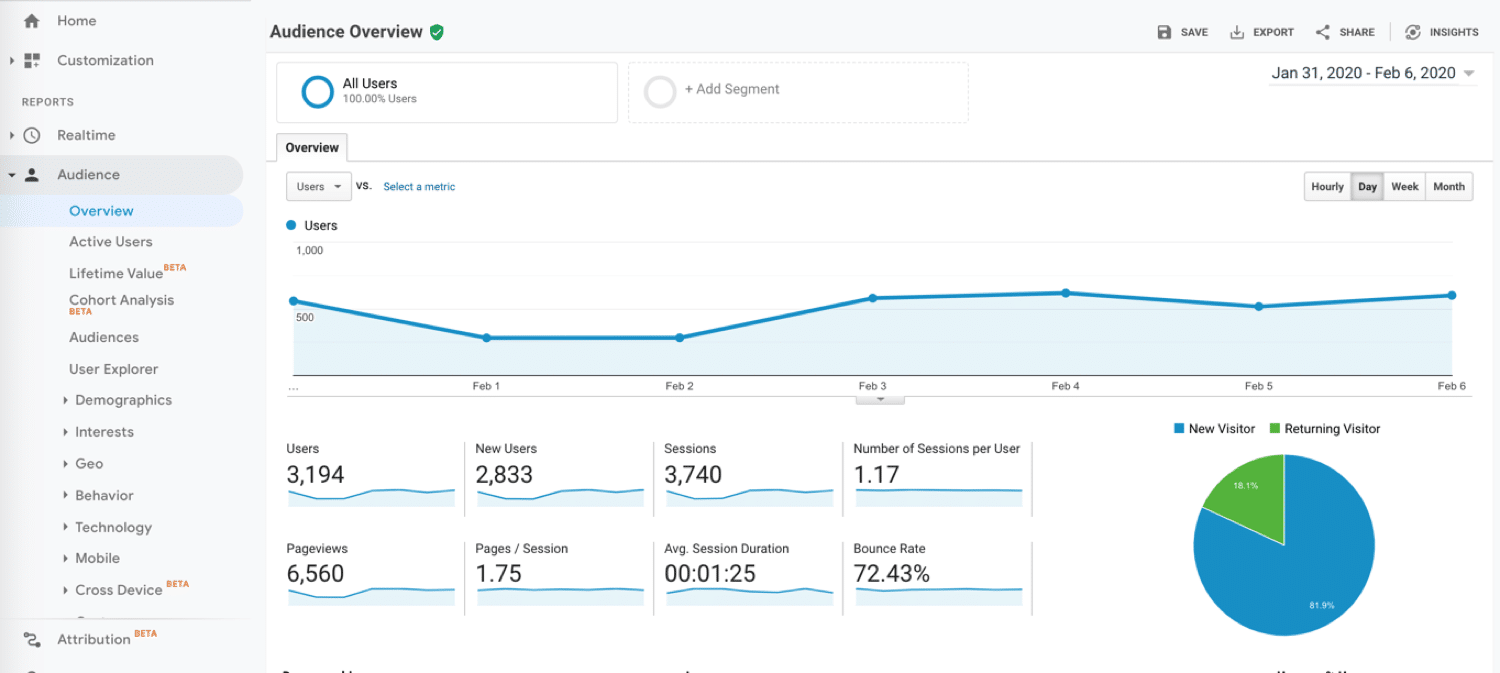
Action 2 – Understand Psychographics
Psychographics means a customer’s personal characteristics. Now in this course of action, you need to find out –
- What values and attitudes does your target audience have?
- What are their personality and lifestyle structures?
- How do they interact with the contents already available?
Because you’ll be using these psychographics to create the type of content your audience enjoys and the angle tone with which they’ll interact.
Action 3 – Frame a Customer Persona
Now, you’ll frame a customer persona embodying the previous actions (demographics & psychographics) that you’ve just identified.
A customer persona is a semi-frictional avatar depicting the ideal reader of your content framed by conducting research. Once you have a customer persona, you’ll comprehend what your target audience actually wants.
When you’re done with all three actions, you’ll have a clear picture of –
- What factors will appeal to your target audience?
- The tone they love and retain.
- How can your content bring a change or help them?
Measure Your Content Marketing Strategy – Using Content Audit
If you have already ventured out content (in any form blogs, podcasts, and videos) on your website, performing a content audit is particularly essential.
A content audit is a systematic assessment of all the content on your website to see what’s working and what isn’t that can improve any existing content and create new content based on your SMART goals and correspond to your customer’s persona. A content audit will help you ascertain your current position in the content marketing strategy and provide insight into any disparities or rectification that needs to be done.
You can refer to the SEMRush content audit tool for an automated content audit. The process is painless; you just need to create a project and enter your domain. Then click on AUDIT CONTENT, and now the auditing process will begin.
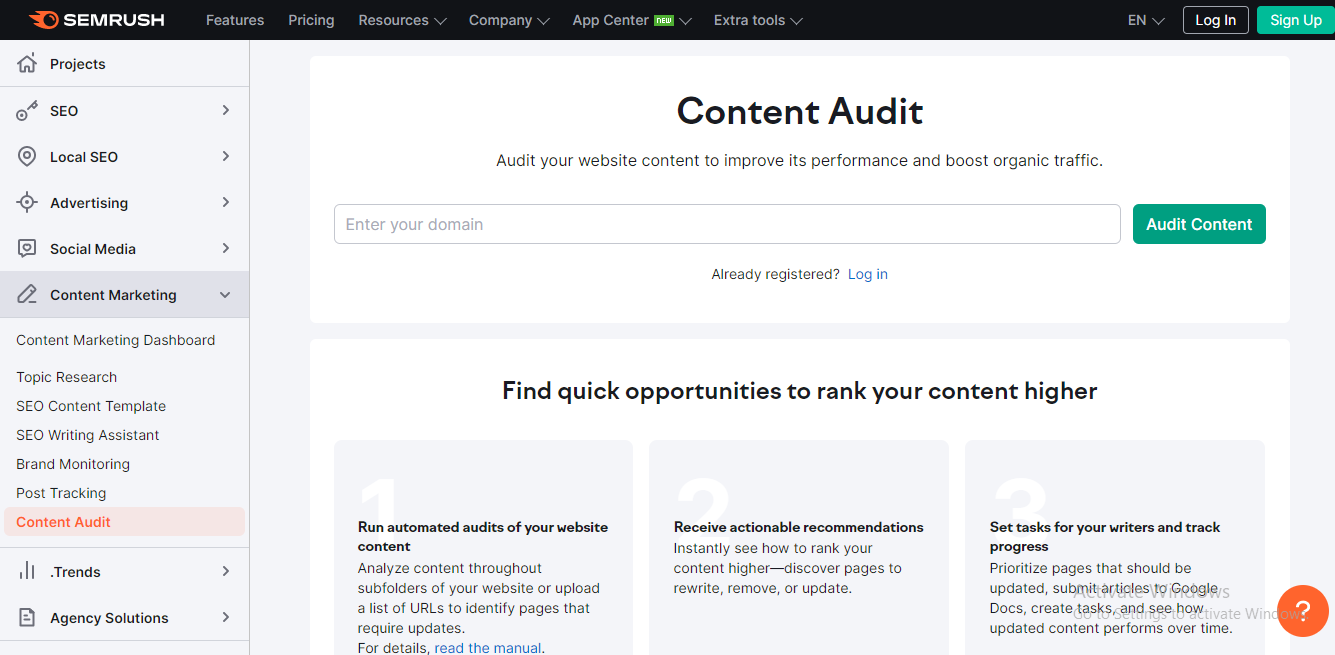
You can even perform a manual content audit if you’re uncomfortable with the automated one. For a manual content audit, you’ll need to track a few metrics and compare your best-performing with your competitor’s best-performing content. Some metrics are listed below:
- Organic Traffic – Visitor landing on your page without any paid sources.
- Social Share – Monitors the popularity of your content on different social media.
- Comments – Higher comments mean higher engagement
- Bounce Rate – Visitor hopping to another website after skimming one page
Solve An Issue – give what they want!
Now you’re at the stage where you know what your audience needs and what areas you have missed earlier. Remember your content should solve a customer issue not fulfill your business goals only.
But how can you discover customers’ pain points that need to be solved?
Well, this is where the customer persona (which we have talked about earlier) comes in handy. You need to use this as a prompt to put yourself in your customer’s shoes and think about the issues that matter. Then you would understand what target readers are asking, and you can provide a quality answer that will fulfill gaps and barriers which were earlier left out.
Choose Your Channel
If you’ve reached here, you already know your target audience and where they must be hanging out. Still, this step is crucial for you to draft a passable content marketing strategy.
Content Channels are the platform through which you can share, promote and distribute your content to your target audience. You can conduct channel research to find a more effective channel or expand further in the field.
Choosing the proper channels fulfills various gaps. You can understand this with an example – Assume that the goal of your content marketing is to introduce your new NFT marketplace to a group of NFT projects and fanatics. Discord and Reddit are the most significant platforms to target because they are where all NFT projects are publicized and where nearly all NFT enthusiasts are very active. Even though you can target them on Facebook or Instagram, the ROIs won’t even come close to what you’ll get from Reddit or Discord!
You can learn more about NFTs and how to launch NFT projects here.
A bonus tip for you – use Buzzsumo to get an overview of different channels where your content has the most views. You have to put your domain and it will redirect to the next page with detailed analytics of your content.
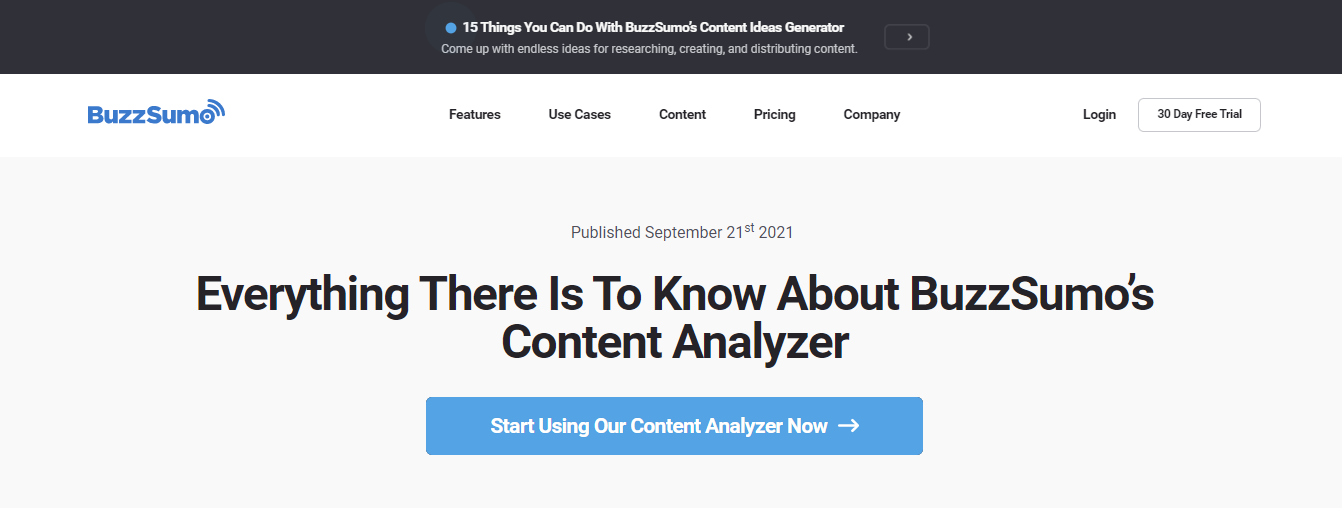
Decide on Content Types
Asking your audience is the simplest and most direct way to choose the type of content to produce. Post a survey or a query on various platforms and engage with your target audiences. If you have an idea of what they might be interested in, a survey is great, but if you want open-ended responses or simply to start a conversation, you should use questions.
Well for brainstorming content ideas you can rely on Feedly. Using Feedly, you may simultaneously find content ideas and keep up with hot industry subjects. Your first step is to inform the software of the topics you are most interested in, and its AI tool will handle the rest. There’s no need to search the internet for fresh content inspiration anymore.

Resource Allocation
If you know the type of content you intend to produce, who it is for, and where you intend to share, then it is perhaps time to make sure you have everything to execute your content marketing strategy. Give tasks to your best in-house content creators, or even you can outsource to digital marketing companies. Moreover, you can use LinkedIn or Upwork to hire freelancers as per your business demands.
Organize Your Contents – Create a Content Calendar
A content calendar is a written schedule that describes when and where you will create and post your content. Creating a content calendar will enable you to organize your content marketing strategy and consistently produce quality content. Your calendar should reflect what you’ve learned about your audience. And remember that the content you create needs to be frequent enough to work towards your objectives.
You can use Google Sheets as your content calendar and include every aspect you need for content. Here is an example of a content calendar for blogs, and google sheets provides you complete freedom to customize as you want.
Measure Your Results
Finally, it is time for you to measure the effectiveness of your content marketing strategy. Tracking your content performance will tell you whether you’re moving closer to your goals or you’re still in the same position.
You can use Google Analytics to measure the performance of your content. Just put your content URL and check the organic traffic and other metrics. Moreover, advanced analytics allows you to check engagement metrics such as the bounce rate and time spent on a page and even check the source or medium of the traffic.
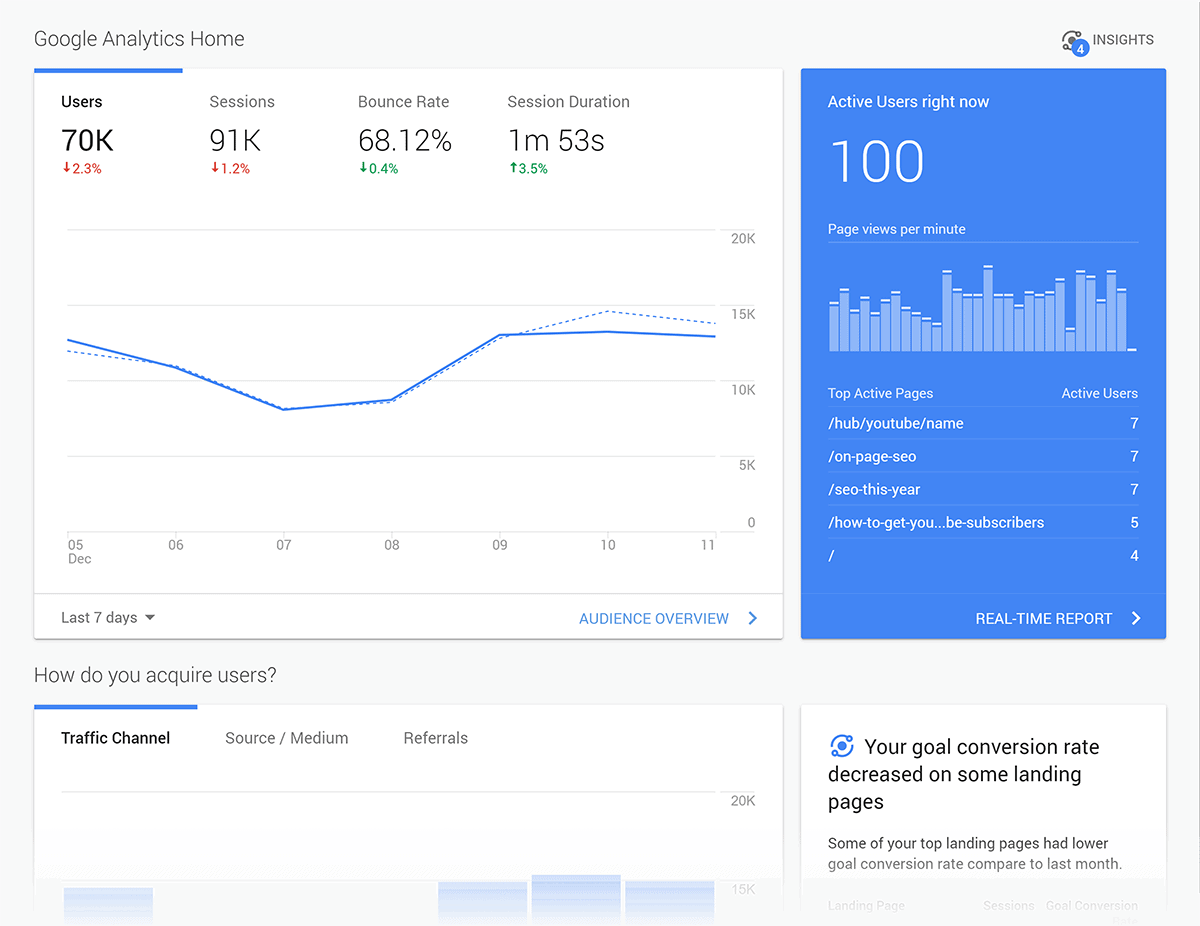
But what will you do if your current content marketing strategy isn’t working?
When analytics tells you that your current approach isn’t driving you toward your goals. So, if that’s the case, go back to step 3 – perform a content audit again, and you’ll know where you’ve left behind.
TL;DR
Building a content marketing strategy might be tricky but it’s necessary for growing your brand and diving business online. If you’ve failed in making a most suited content marketing strategy here are a few things you can keep in mind to create one.
- Set goals based on the SMART framework and create your audience persona for a better edge over their preference.
- Perform a content audit to know where you stand and what you lack.
- Choose the best possible alternative channel to deliver your content and deliver problem-solver content.
- Allocate resources and make a great content calendar.
- Finally, measure the results.





